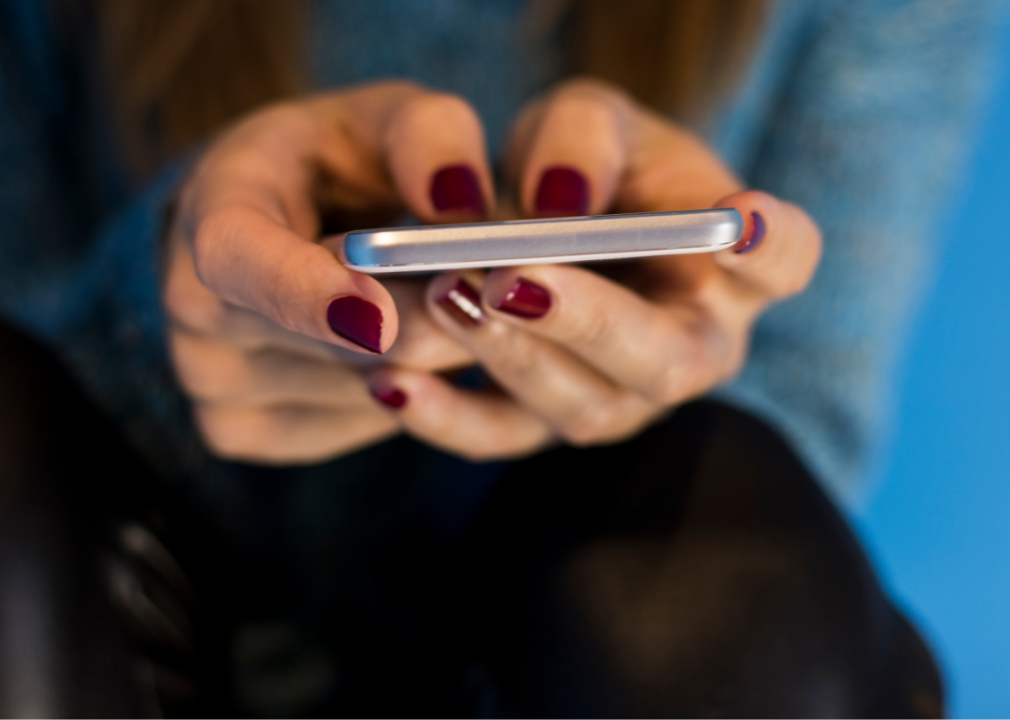
Americans call it "cell." The British call it "mobile." In French, it's "portable." In Chinese, it's "shou ji" (hand machine). Cellphones have become such an integral part of modern living that it seems almost unimaginable that there was a time before this technology existed. Yet there was.
No humans have lived through as many technological changes as this modern-day era. In the mid-1850s, people had to wait three to four weeks to receive a letter from the East Coast to California; nowadays, everybody is just a phone call or text message away. Similarly, with the 19th-century introduction of the daguerreotype, no one could have predicted how much power the images we share on photo-sharing apps could wield over society, so much so that they'd shape our perception of reality.
What began as a device designed for making calls has integrated into the very fabric of our society. It has fundamentally revolutionized the way we access information, communicate with each other, and express ourselves. Millions of people find their communities online, carrying them in their pockets.
Since the invention of the first stone tools, people have continually come up with new ways of using technology to suit their needs, and cellphones are no exception. In partnership with Visible, Stacker combed through news articles and reports and compiled five ways people around the globe are using these powerful computers in the palms of their hands in surprising ways.
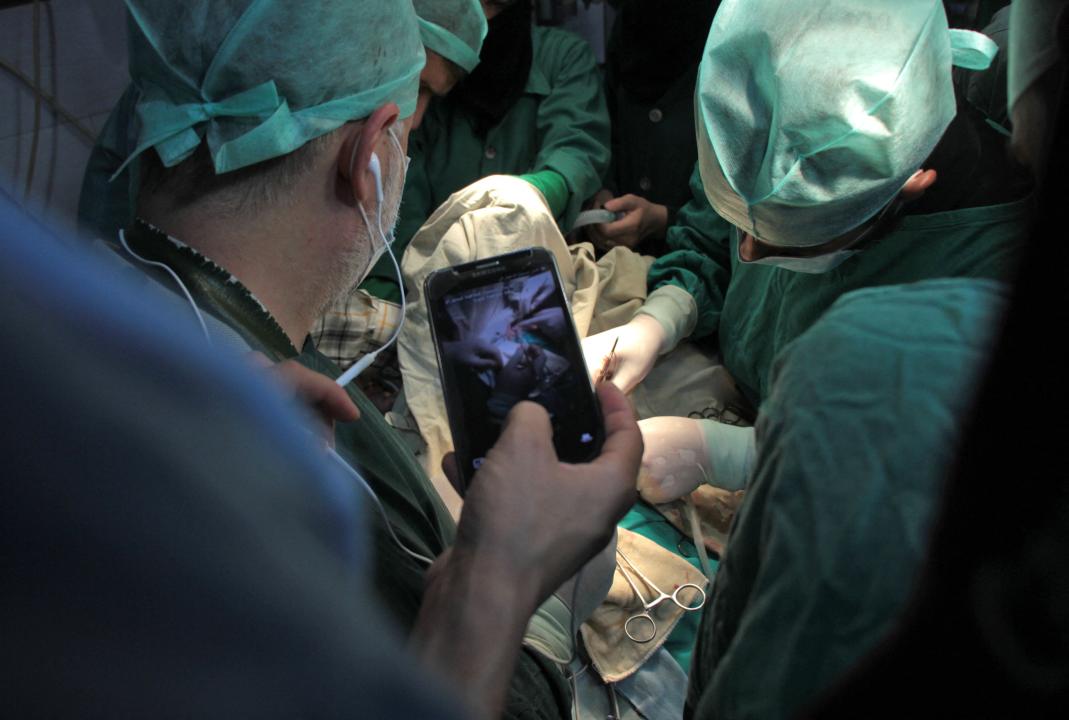
Researchers from the University of São Paulo Medical School and Hospital Israelita Albert Einstein in Brazil have found an unusual use for cellphones: brain surgery. Video equipment used in such delicate operations costs a lot of money, sometimes tens of thousands of dollars. Surgeons integrate these video systems with neuro endoscopes, inspection instruments inserted into a patient's brain to perform minimally invasive surgery.
In a study published in the Journal of Neurosurgery in 2018, researchers replaced the usual video system for endoscopy with a smartphone-endoscope integration, assembled by a specially designed adapter.
They performed 42 operations in total, all of which were successful. Afterward, there were no complications associated with using the new method. The high-definition images captured by the smartphone provided accurate information to the surgeons. What's more, surgeons also had an easier time—they no longer needed to turn around to look at the screen since the smartphone is mounted directly at the back of the endoscope.
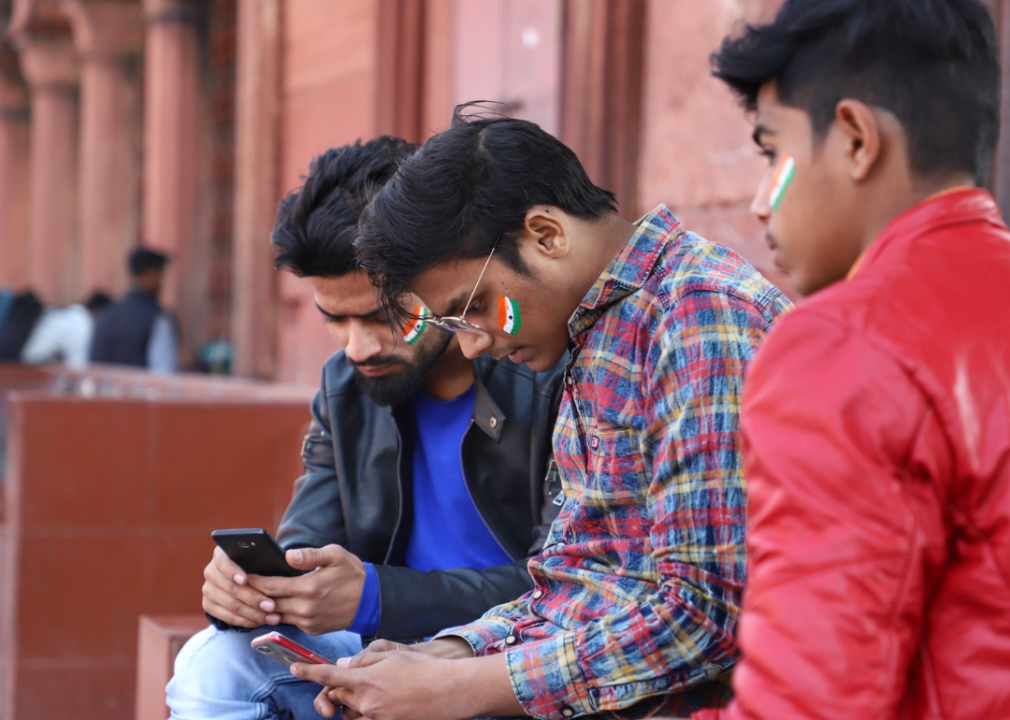
Missed calls—making a call and hanging up before a receiver can answer—is a widespread practice in Africa and Asia, especially in India. With over 1.2 billion mobile phone users and 600 million smartphone users in 2022, India is one of the world's biggest mobile phone markets, according to India's Ministry of Information Broadcasting Shri Apurva Chandra.
BBC Hindi reported that, aside from daily communication and marketing purposes, people in India use their phones for political recruitment, too. The Aam Aadmi Party (or Common Man Party), for example, reportedly added 700,000 new members by urging people interested in becoming members to give them a missed call. Party officers would then call back (thus bearing the brunt of the call's cost) and formally enroll these prospective members into the party.
Children also use this strategy to keep in contact with their parents, and people can sign up for missed call services to get reminders about their favorite TV shows.
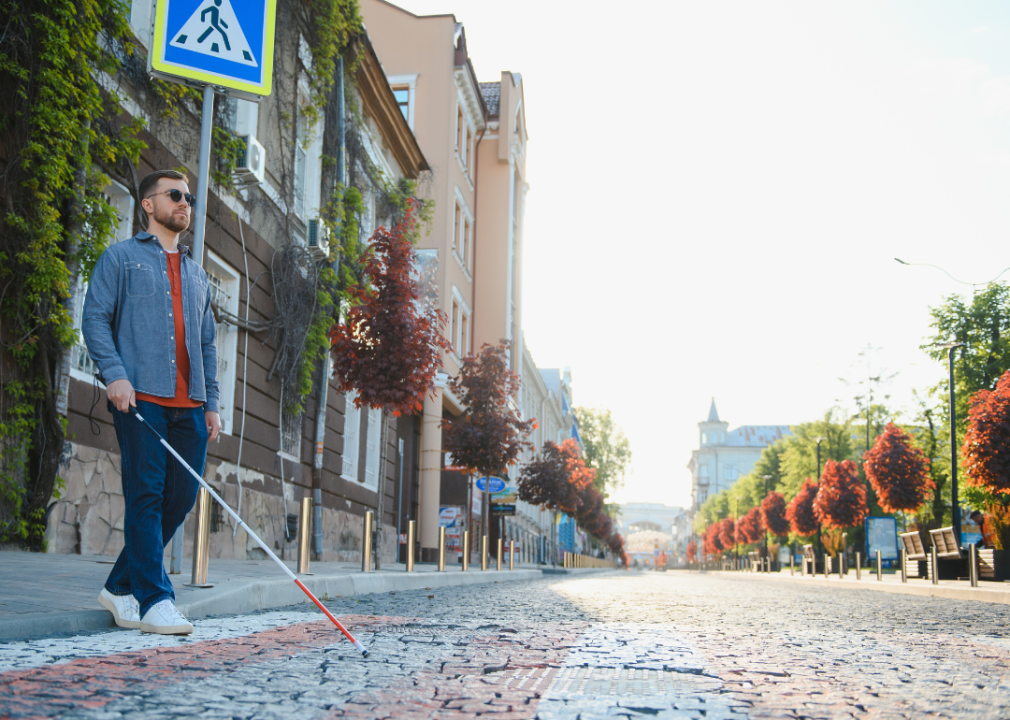
It's common for smartphones to have built-in accessibility features to help people with disabilities better interact with their devices, but a Swiss company figured out a way to present maps to people with blindness or low vision on their mobile phones.
ELCA, a leading IT company in Switzerland, developed an application called HapticMap, which uses the smartphone's vibration function to send physical feedback (like vibration) and audio descriptions to its users who are blind or have low vision. The vibrations have different "textures." Sharp vibrations may indicate pedestrian crossings, while slow ones may identify roads, for example.
Research confirms these types of audio-haptic maps significantly aid those who have low vision or are blind. The Swiss Federation for Blind and Low Vision is considering expanding this technology's use more widely.
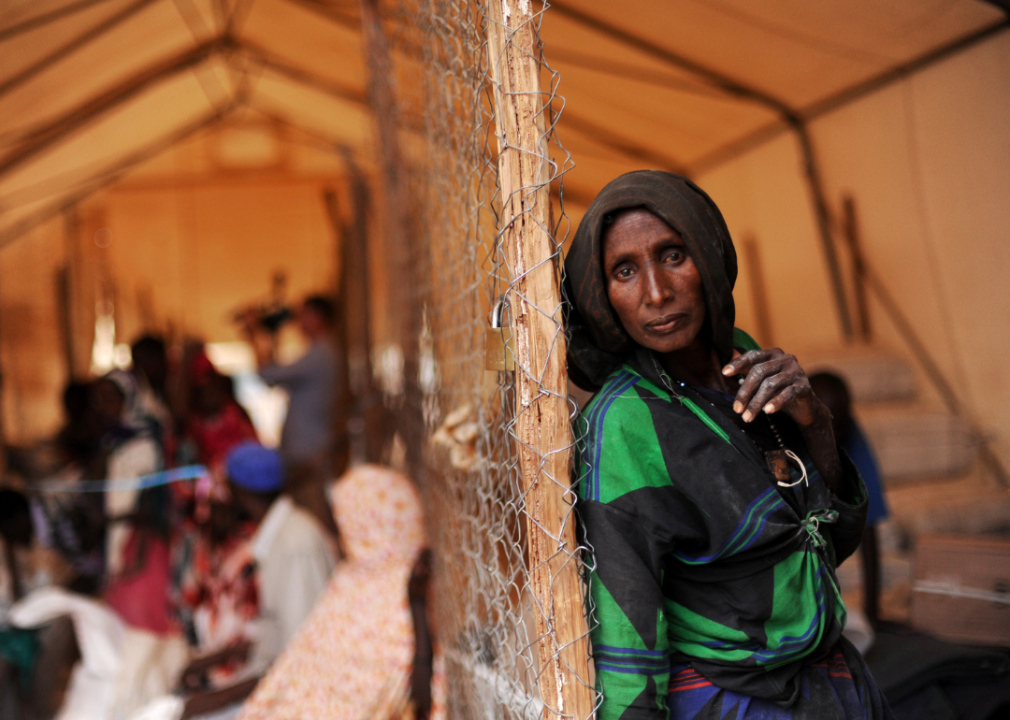
Founded by two Danish brothers, Christopher and David Mikkelsen, in 2006, Refugees United has become a "Google for Refugees." It has over 1 million registered users and allows people to upload their information and search for their missing loved ones anonymously via SMS. Since its founding, the organization has reconnected more than 65,000 families.
In 2010, Refunite launched the refugee phone network in Uganda, the first of its kind in Africa. The partnership between the nonprofit and local mobile phone service providers such as MTN ensured that its subscribers could access the database for free.
Kai Nielsen, UN High Commissioner for Refugees representative in Uganda, spoke highly of the partnership, saying, "The pilot project is an important step towards a global partnership in which even the least fortunate people in the world can stay connected through innovative and accessible technology."
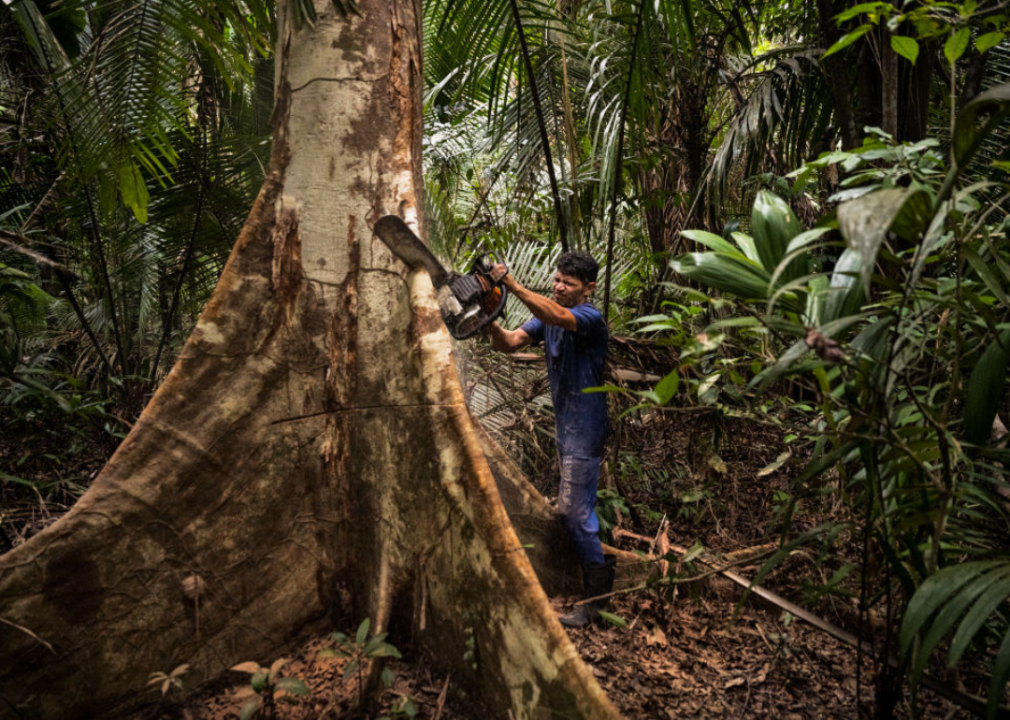
The Amazon rainforest is the world's largest rainforest, providing habitat to millions of species and playing a critical role in regulating global water and carbon cycles. But in the past half-century, it has lost about 17% of the forest, according to the World Wildlife Fund.
Primary causes of deforestation include climate change, conversion to agriculture, wildfires, and illegal logging. A 2021 study out of Brazil found that 94% of deforestation and habitat destruction in the Amazon and the Cerrado may be illegal.
Topher White is the founder and executive chair of Rainforest Connection, a nonprofit dedicated to stopping unlawful logging and poaching based in San Francisco. He came up with the idea of using old phones to collect and locate the sound of chainsaws, which can be difficult to detect in a forest as dense and expansive as the Amazon.
Outfitted with a solar panel, a used phone hidden in the forest could pick up the sounds of logging and alert nearby partners as soon as noises are detected. A single used phone can guard about 250 hectares of forest, according to Rainforest Connection. That's equivalent to 3,000 people not driving for a year.
Story editing by Carren Jao. Copy editing by Kristen Wegrzyn. Photo selection by Ania Antecka.
This story originally appeared on Visible and was produced and distributed in partnership with Stacker Studio.